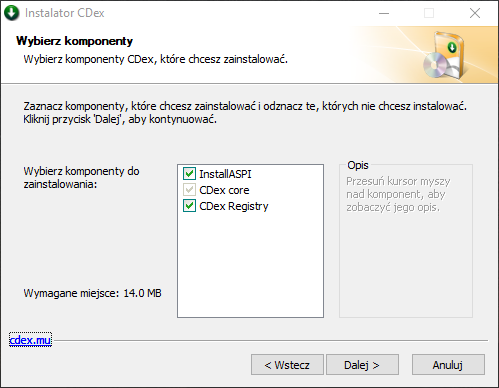

Their perceived usage case is: you buy a CD, you put it into a dedicated audio CD player attached to an audio amplifier and loudspeakers, you sit down and read the track information printed on the CD’s cover. Given a large population of older CD players, the industry has evidently not seen any benefit in improving the audio CD format. This makes it tricky to mix both (though it can be done). Digital data and audio data on CDs use completely different and incompatible underlying formats. This means that care has to be taken if adding digital content to audio CDs. The audio CD has been established for a long time now and there is no point in making new CDs incompatible with existing CD players. So decisions concerning audio CD content and formats were heavily skewed against making anything easier for personal computer users. The music industry felt that facilitating playback on personal computers was facilitating the infringement of their copyright, thus facilitating their own destruction. In order to combat illegal copying of tapes, they persuaded legislators to impose a levy on blank tape sales. Protection of their copyright was seen by the industry as essential for their survival. The music industry traditionally made money from the sales of vinyl records, cassette tapes, and audio CDs. There are probably several reasons for this, including:

The software that I have used to rip CDs to MP3s never seems able to obtain this information from the CDs themselves, though I have read about a few exceptions (notably Sony since 1997).

I think most of us, as consumers, would say yes.Īlmost never in my experience. This information should already be available on the music CDs though, right? SuperUser contributor RedGrittyBrick has the answer for us:


 0 kommentar(er)
0 kommentar(er)
